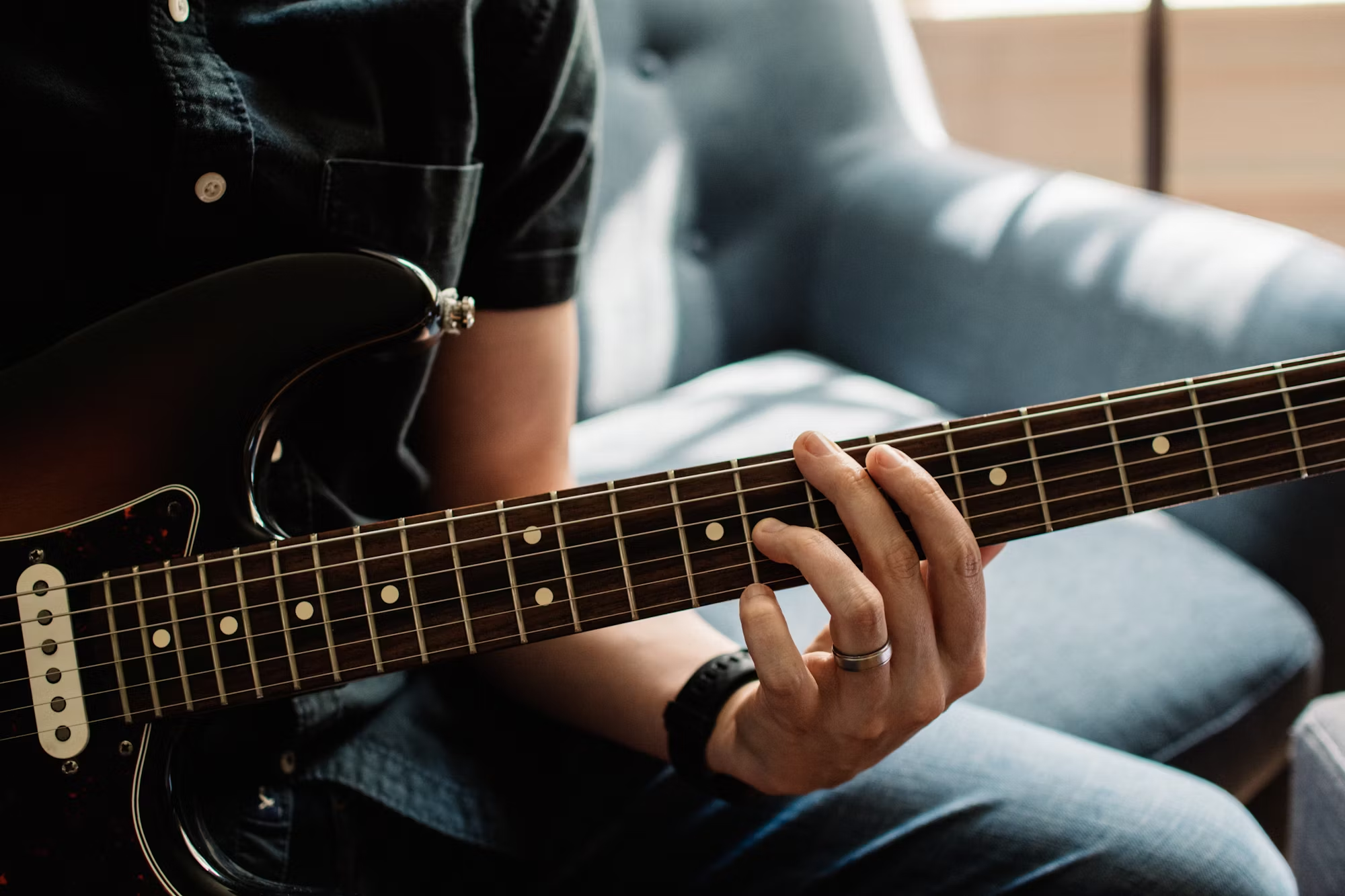Guitar improvisation is a skill that transcends genres and connects musicians in profound ways. It is the art of creating spontaneous music, allowing players to express their emotions and ideas in real-time. Whether in jazz, blues, rock, or classical music, improvisation offers guitarists a platform to showcase their creativity and technical prowess. This article delves into the essential techniques, styles, and mindset that contribute to effective guitar improvisation, highlighting its significance in the musical landscape.
At its core, improvisation is about freedom. It invites musicians to break free from structured compositions and explore the limitless possibilities of their instrument. To cultivate this freedom, guitarists must develop a strong foundation in music theory, particularly understanding scales, chords, and progressions. Familiarity with the major and minor scales provides a framework for improvisation, as these scales serve as the building blocks for melodies. For instance, a guitarist improvising over a blues progression will often rely on the pentatonic scale, which is particularly suited for creating expressive licks and phrases.
In addition to scales, mastering various chord voicings is crucial for effective improvisation. By knowing how to construct and play different chords, guitarists can create harmonic richness in their solos. For example, jazz guitarists often employ extended chords such as seventh, ninth, and thirteenth chords, which add complexity to their improvisational style. Understanding how these chords function within a progression allows guitarists to navigate changes smoothly, enhancing their improvisational flow.
Technique plays a vital role in improvisation, as it enables guitarists to execute their ideas with precision and flair. Techniques such as bends, slides, hammer-ons, and pull-offs can add expression to a solo, making it more engaging for listeners. For instance, a well-placed bend can evoke deep emotion, while rapid hammer-ons and pull-offs can create a sense of urgency. Practicing these techniques in conjunction with scales can help guitarists build the muscle memory necessary to execute their ideas spontaneously during a performance.
Listening is equally important in the realm of improvisation. Great improvisers are often avid listeners, drawing inspiration from various musical sources. By studying the work of influential guitarists, such as Jimi Hendrix, Django Reinhardt, or Pat Metheny, musicians can gain insight into different improvisational styles and approaches. Analyzing how these artists construct their solos, develop motifs, and navigate chord changes can inform a guitarist’s own improvisational vocabulary. Additionally, listening to musicians outside the guitar realm, such as saxophonists or pianists, can provide fresh perspectives on melody and rhythm, enriching a guitarist’s improvisational toolkit.
The context in which one improvises also plays a significant role. Each genre has its own idiomatic expressions and expectations. For instance, improvisation in jazz often emphasizes complex harmonies and intricate rhythms, requiring guitarists to be well-versed in jazz theory and chord progressions. In contrast, blues improvisation tends to focus on emotive playing, where the guitarist’s connection to the music is paramount. Understanding these nuances can help guitarists adapt their improvisational style to suit the genre they are performing.
The mindset of an improviser is perhaps the most elusive aspect of the art. To truly connect with the music, guitarists must cultivate a state of openness and spontaneity. This often requires overcoming self-doubt and the fear of making mistakes. Embracing imperfections is essential; each note played is an opportunity for exploration and growth. A common practice among improvisers is to play with a sense of curiosity, allowing the music to unfold organically rather than rigidly adhering to preconceived notions.
One effective way to foster this mindset is through improvisational exercises. For example, guitarists can set a timer and play for a few minutes without stopping, regardless of mistakes. This encourages a flow state, where the focus shifts from judgment to expression. Another approach is to limit oneself to a specific scale or set of notes during a practice session, challenging the guitarist to create compelling melodies within those constraints. Such exercises help build confidence and encourage creative thinking.
In performance settings, improvisation can take on a communal aspect, especially in genres like jazz and blues, where musicians often collaborate on stage. The interplay between guitarists and other instrumentalists creates a dynamic musical conversation. Listening attentively to fellow musicians allows guitarists to respond in real-time, enhancing the overall performance. This collaborative spirit is a hallmark of great improvisation, as it transforms a solo act into a shared experience.
Recording oneself during practice sessions can also provide valuable insights into one’s improvisational style. By reviewing recordings, guitarists can identify strengths and areas for improvement. They may notice patterns in their playing, recognize recurring phrases, or identify moments where they felt particularly inspired. This self-reflection fosters growth and encourages a deeper understanding of one’s musical voice.
In the context of contemporary music, guitar improvisation continues to evolve. Genres such as fusion and progressive rock blend elements from various musical traditions, encouraging guitarists to explore new sounds and styles. Artists like John Mayer and Tosin Abasi exemplify this modern approach, seamlessly integrating improvisational techniques into their compositions. Mayer’s blues-infused solos demonstrate a deep emotional connection to the music, while Abasi’s virtuosic playing showcases innovative techniques that push the boundaries of the guitar.
In conclusion, guitar improvisation is a multifaceted art that combines technical skills, musical knowledge, and a free-spirited mindset. By mastering scales and chords, honing techniques, and actively listening to various musical influences, guitarists can unlock their creative potential. Embracing spontaneity and self-reflection allows musicians to connect with the music on a deeper level, transforming their improvisational journey into an exciting and fulfilling exploration of sound. As guitarists continue to innovate and inspire, the art of improvisation remains an essential aspect of musical expression.
